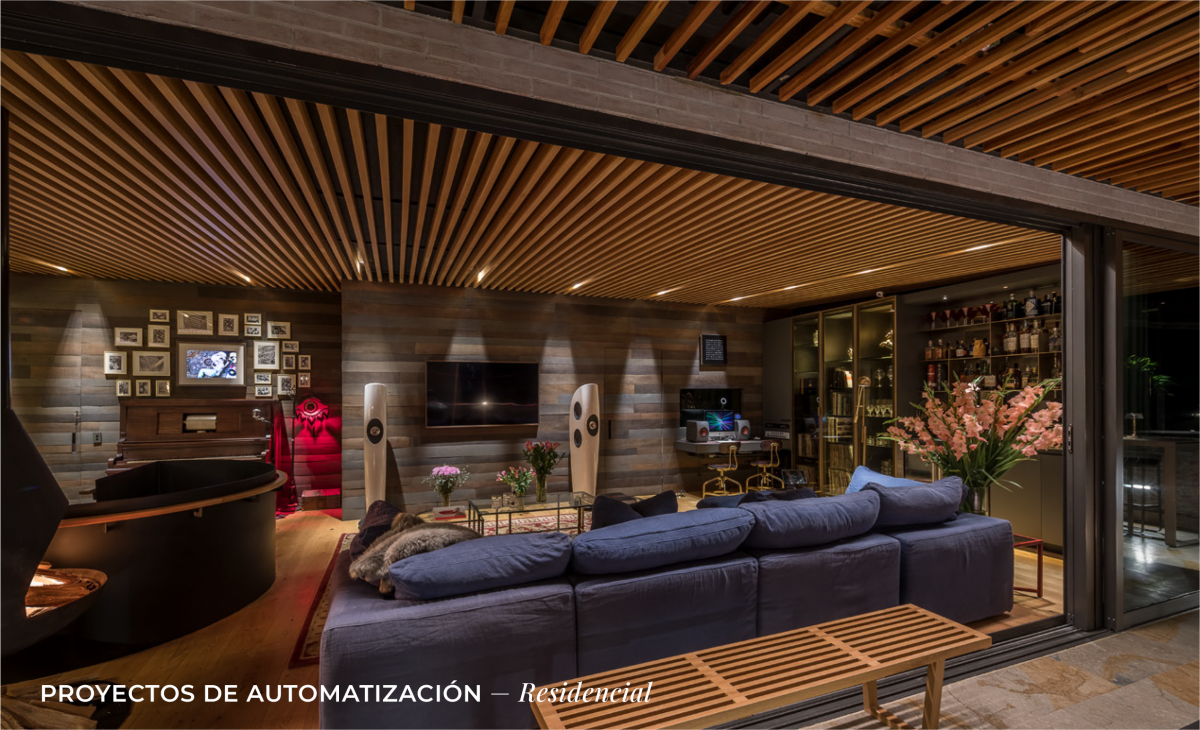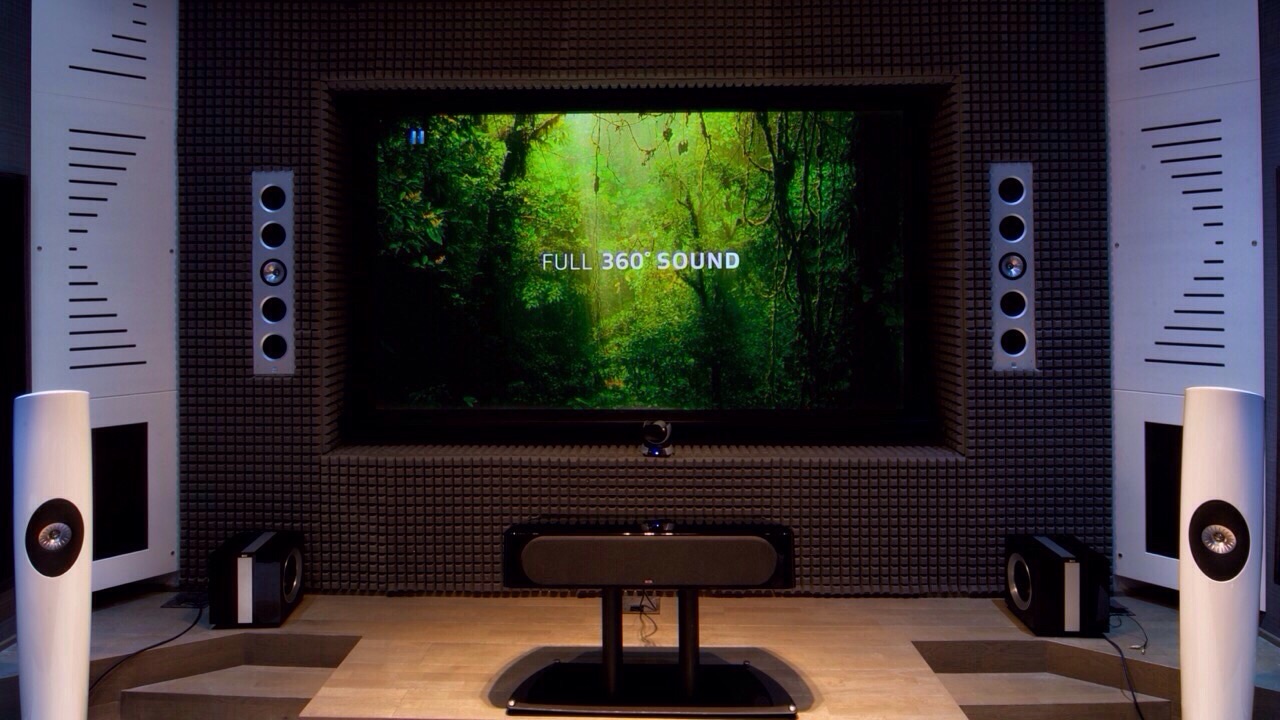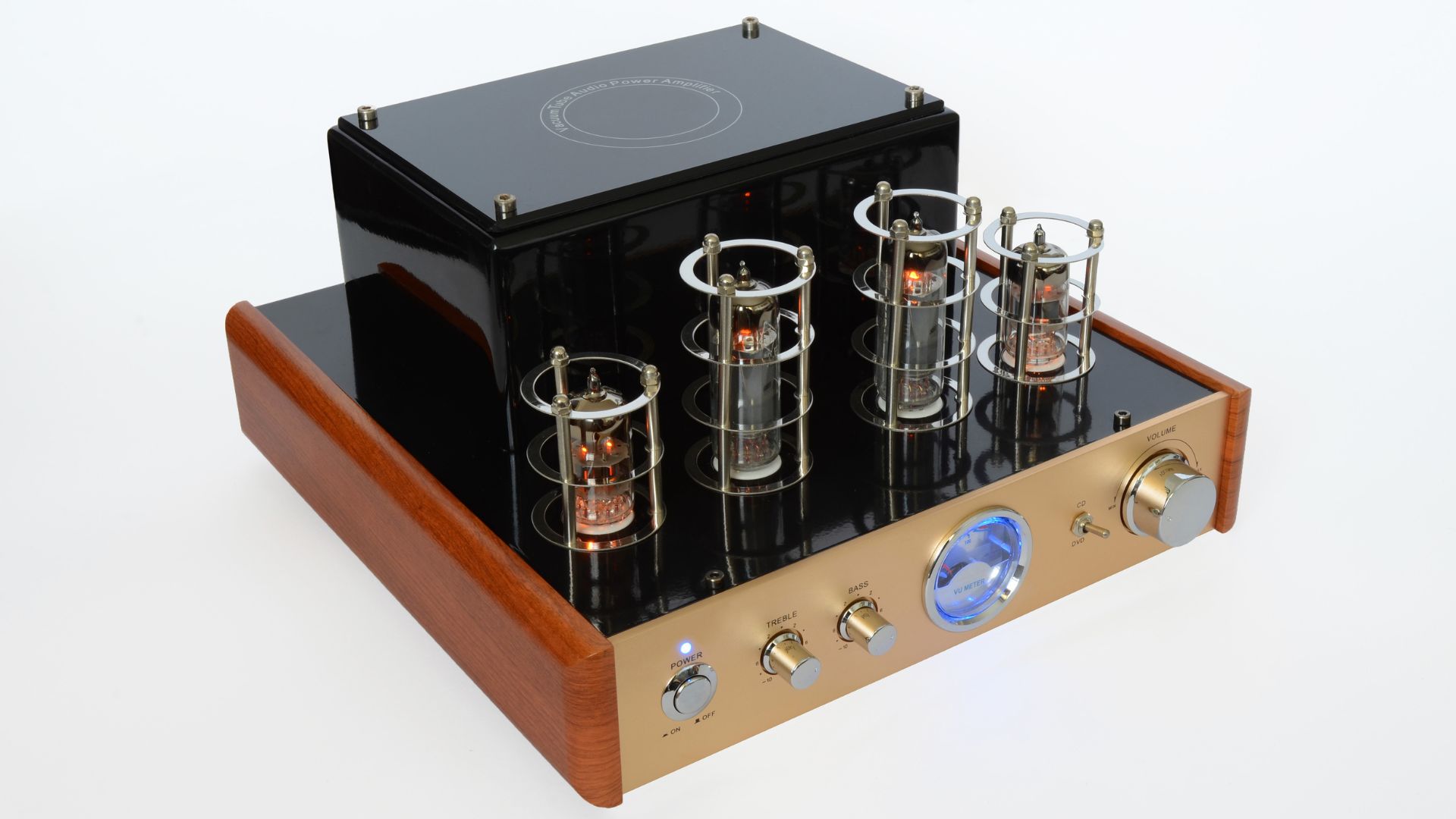Table of contents
In the world of sound, the debate between digital and analog amplifiers is as heated as it gets. At Schaller Design Lab, we’re diving deep into the core of this audio battleground to uncover what sets these two contenders apart.
We’ll explore the nuances that make digital and analog amps unique, from the intricacies of sound quality to the technicalities of power efficiency. Whether you’re an audiophile or just dipping your toes into the vast ocean of audio equipment, we’ve got the insights you’re looking for.
Join us as we decode the jargon and lay out the facts. It’s time to find out which amplifier type resonates best with your sonic preferences.
Want to master the ins and outs of amplifiers? Keep reading to dive deep into the details. But if you’re looking to quickly compare hundreds of amplifiers across all use cases, complete with price and feature breakdowns, don’t miss the ultimate amplifier comparison tool, your shortcut to finding the perfect match.
What are Amplifiers?
Amplifiers are integral components in audio systems, tasked with boosting sound signals so they’re powerful enough for our ears to appreciate. They work by taking the low-voltage signals from an audio source, like a turntable or a smartphone, and magnifying them to a level that can drive speakers or headphones.
There are two main types of amplifiers: analog and digital. Analog amplifiers enhance sound through a continuous waveform that’s directly proportional to the original signal. They’re known for their warmth and depth, qualities cherished by purists and vinyl enthusiasts. These amplifiers deploy traditional methods involving electronic components like transistors and vacuum tubes.
On the flip side, digital amplifiers use high-speed switching technology to convert the signal into a series of on-off pulses, effectively replicating the original sound wave digitally. The advantage here is their efficiency; digital amplifiers tend to generate less heat and utilize less power, making them a favorite for environmentally conscious consumers and those with space-saving needs.
At Design Lab, we understand the importance of choosing the right amplifier to match your audio preferences and environment. Whether it’s the smooth sound of an analog amplifier or the crisp clarity from a digital one, both have their place in creating the ultimate audio experience.
While discussing amplifiers, it’s essential to consider power output and sound quality. Power output is typically measured in watts, and it’s crucial to have enough wattage to drive your speakers without distortion. Sound quality, however, is subjective and can vary based on the design, components used, and the type of amplifier.
| Amplifier Type | Power Efficiency | Sound Quality |
|---|---|---|
| Analog | Moderate | Warm and Detailed |
| Digital | High | Crisp and Efficient |
When looking for an amplifier, don’t overlook connectivity options and additional features like built-in DACs (Digital-to-Analog Converters), which can further enhance your listening experience. Remember, the goal is to find an amplifier that not only sounds great but also complements your home audio setup seamlessly.
Digital Amplifiers
How Do Digital Amplifiers Work?
Digital amplifiers, also known as Class D amplifiers, operate by converting an analog input signal into a digital format that uses pulse-width modulation (PWM) or pulse-density modulation (PDM). This digital signal drives the output transistors, which rapidly switch on and off, feeding pulses of power to the speakers. A digital amplifier’s power stage efficiently amplifies these pulses and an in-built low-pass filter removes any high-frequency switching noise, leaving considerably amplified audio signals for our enjoyment.
Pros of Digital Amplifiers
- Higher Efficiency: Digital amplifiers typically achieve efficiencies exceeding 90%, which means less power is wasted as heat and more is used for amplification.
- Smaller Size: Because they generate less heat, digital amplifiers require smaller heat sinks. This compact design is ideal for space-conscious consumers and integrates seamlessly into home audio setups from Design Lab.
- Lightweight: The reduced need for large power supplies and heavy cooling systems makes digital amplifiers incredibly light, enhancing their portability.
- Lower Power Consumption: With the increased efficiency, digital amplifiers need less electricity to operate, which can lead to energy savings over time.
- Consistency in Sound Quality: Regardless of the volume level, digital amplifiers continually provide a consistent sound without distortion.
- Sound Character: While some purists argue that digital amplifiers lack the warmth offered by analog ones, technological advancements continue to narrow this gap.
- Complexity in Design: The intricate circuitry of digital amplifiers might deter DIY enthusiasts who prefer the straightforwardness of analog systems.
- EMI Susceptibility: Digital amplifiers can be more susceptible to electromagnetic interference (EMI) due to their high-frequency switching, although proper design can mitigate this issue.
- Cost: High-quality digital amplifiers are often more expensive initially but investing in one from Design Lab ensures a product that’s worth every penny in terms of longevity and performance.
Analog Amplifiers
How do Analog Amplifiers Work?

The rich acoustics of a theater, captured through the elegance of a heavy red curtain and a patterned wooden wall.
Analog amplifiers, often described as the classic workhorse of sound amplification, function by taking an input analog audio signal and amplifying it without any conversion to a digital format. They achieve this by utilizing electronic components such as transistors or vacuum tubes, which modulate the power supply’s current to create a larger version of the original signal. Their operation revolves around continuous signal amplification, which ensures that the amplified sound is a faithful rendition of the input.
Pros of Analog Amplifiers
Warm Sound Quality: Analog amplifiers are celebrated for their rich and natural sound signature. The subtle nuances and harmonics of audio are often better preserved, offering a warmth that audiophiles and music enthusiasts cherish.
Simplicity in Design: With fewer components and straightforward circuitry, analog amplifiers boast simplicity. This often translates to easier maintenance and repair works. At Design Lab, we’ve seen that a well-designed analog amplifier can outlast trends and technology shifts due to its enduring design.
High Tolerance to Peaks: Analog devices handle signal peaks with grace, allowing them to manage sudden bursts of sound without causing distortion. This makes them a reliable choice for live settings or robust musical passages.
Cons of Analog Amplifiers
Inefficiency and Heat: Analog amplifiers are criticized for their inefficiency. A significant portion of their input energy is lost as heat, making them less environmentally friendly and potentially raising operating costs over time.
Size and Weight: The hefty transformers and large capacitors essential to analog devices contribute to a substantial size and weight. This can limit portability and require more space for setup, which could be a concern for users with limited room.
Susceptible to Noise: Amplifying the signal in its original form means that any inherent noise within the signal path—like hiss or hum—also gets boosted. These noise issues can detract from the listening experience and require additional measures to mitigate.
A Comparison of Digital and Analog Amplifiers
Sound Quality
Analog amplifiers are revered for their ability to produce a warm sound quality. They amplify the audio signal without converting it, which many audiophiles argue preserves the audio’s integrity. Digital amplifiers, on the other hand, convert the analog signal to digital and then back again. This conversion can introduce a level of precision that often translates into crisp and clear sound, although some contend that it lacks the character of analog sound.
Efficiency
When it comes to efficiency, digital amplifiers take the lead. Their design allows for minimal power loss, making them more energy-efficient than their analog counterparts. Analog amplifiers typically run on Class A or Class AB operation, which are not as efficient because a significant amount of energy produces heat instead of sound. Digital amps, specifically those of Class D, are engineered to optimize power use.
Size and Weight
The technology behind digital amplifiers enables them to be lighter and more compact. Conventional analog amps require larger and heavier components to operate effectively, which can be a drawback for users who prioritize space-saving solutions. Our business, Design Lab, considers these factors critical when curating our selection of amplification systems to ensure they meet the diverse needs of our clientele.
Heat
Heat generation is a notorious issue for analog amplifiers due to inefficient power use — they often require heat sinks or fans to dissipate excess heat. Digital amplifiers are less likely to run hot because they have greater thermal efficiency. Cooler operation not only prolongs the life of the amp but also presents a safer option for users and their equipment.
Cost
The cost of amplifiers can vary widely based on factors like brand, quality, and features. However, in general, digital amplifiers tend to be more cost-effective to produce due to the smaller, lighter components and more efficient designs. Analog amplifiers, especially high-fidelity models, can be more expensive due to the premium materials used and the complex design needed to deliver the desired audio quality.
Conclusion
We’ve explored the nuances that set digital and analog amplifiers apart, highlighting their unique attributes in sound quality, efficiency, and design. Whether you’re drawn to the warmth of analog or the precision of digital, understanding these differences empowers us to make informed decisions tailored to our audio preferences and needs. Remember, the choice between digital and analog amplifiers doesn’t have to be binary; it’s about finding the right balance for your individual listening experience. With the insights we’ve shared, you’re now equipped to select the amplifier that resonates best with your sonic landscape.
Frequently Asked Questions
What is the key difference between analog and digital amplifiers in sound quality?
Analog amplifiers are known for producing a warmer sound, while digital amplifiers offer a crisp and clear sound profile.
Are digital amplifiers more energy-efficient than analog amplifiers?
Yes, digital amplifiers are generally more energy-efficient compared to their analog counterparts.
How do analog and digital amplifiers differ in size and weight?
Analog amplifiers are typically larger and heavier due to their design and components, whereas digital amplifiers are more compact and lightweight.
Do analog amplifiers generate more heat than digital amplifiers?
Yes, analog amplifiers produce more heat and often require additional heat management like heat sinks or fans, whereas digital amplifiers are more thermally efficient.
Which type of amplifier is more cost-effective to produce?
Digital amplifiers are usually more cost-effective to produce thanks to their simpler design and fewer premium materials compared to analog amplifiers.
Our Portfolio
Table of contents



















